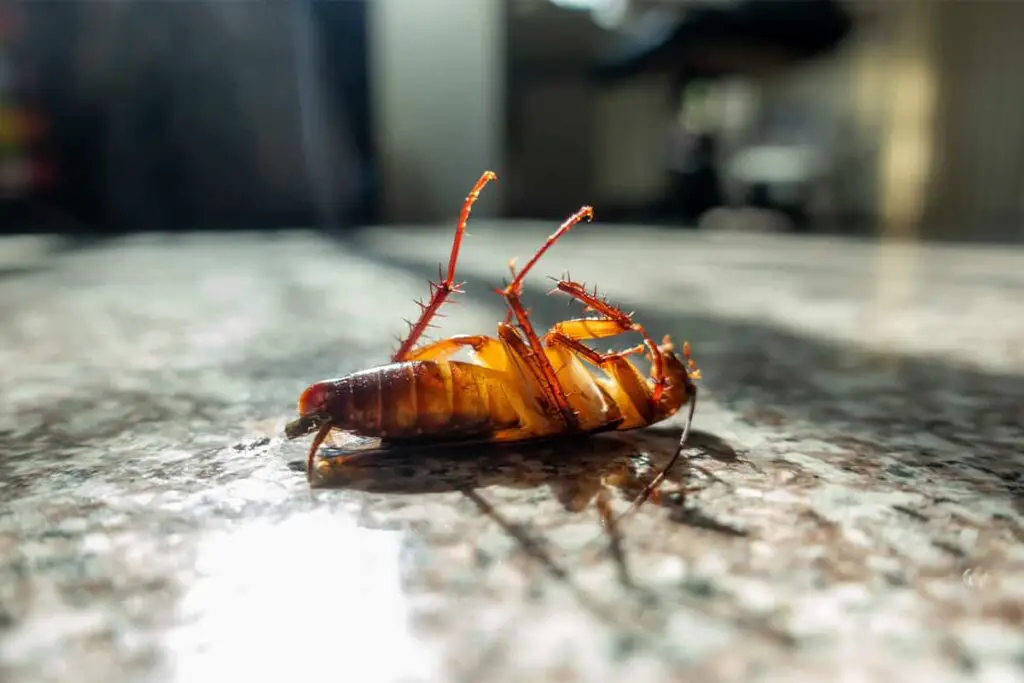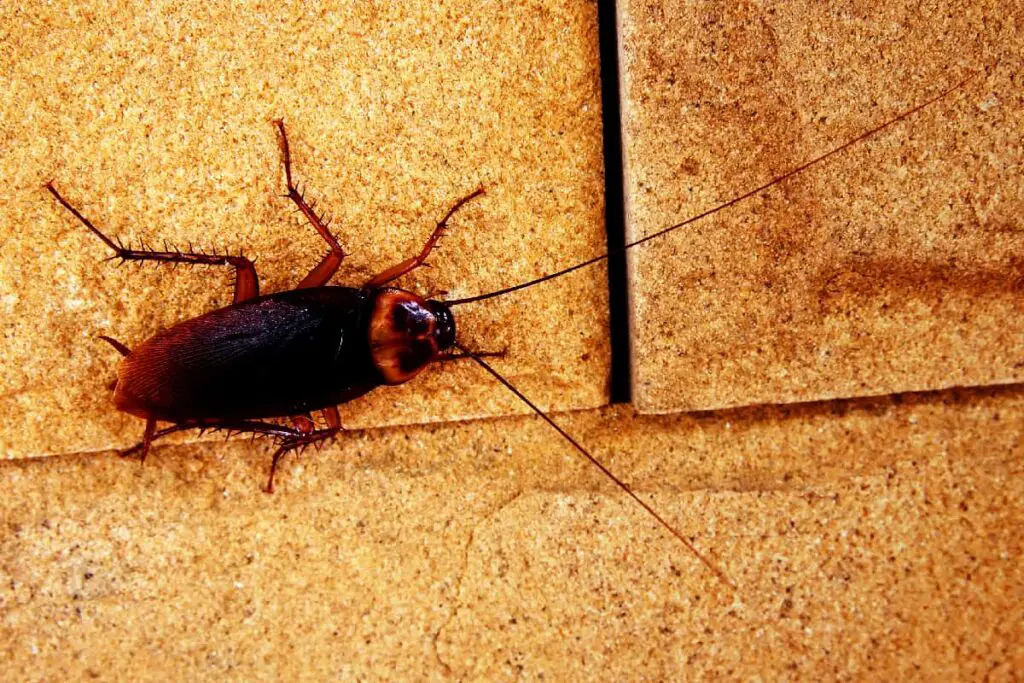If you’ve ever found nibbled-on items in your pantry or noticed small holes in your grocery bags, you might wonder if your uninvited guests – cockroaches – are to blame. You’re aware that these pests are tenacious survivors, but can they actually eat through plastic bags? The idea might seem far-fetched, yet it’s grounded in reality.
Cockroaches are not fussy eaters. In their quest to find food, they can chew through an astonishing array of materials. Thinner plastics, particularly those that are just a step above cellophane, such as plastic grocery bags or bread bags, are often vulnerable to their strong jaws equipped with sharp mandibles. This means that seemingly secure snacks and even leftovers covered with plastic could be at risk of becoming a roach feast.
Protecting your food from these pests requires understanding their capabilities and taking proactive steps. While cockroaches may not be Superman, their jaws are mighty enough to breach certain plastics, hence proper storage is key to keeping them out. Using sturdy, thick plastic containers can help fortify your defenses against these determined foragers.
Cockroach Dietary Habits
You might find it fascinating to know that cockroaches are not picky eaters. Their survival partly hinges on their highly adaptable diet.
General Diet
Cockroaches are omnivores, meaning they’ll eat practically anything available to them. Your home can provide them with a banquet ranging from food crumbs to cardboard. They’re known to munch on sweets, meats, and starches. Remarkably, cockroaches can derive sustenance from unconventional items such as glue and certain types of soft plastics, particularly when other food sources are scarce.
Adaptability and Diet Expansion
Cockroaches’ ability to thrive in various environments is largely due to their dietary adaptability. If a roach encounters a plastic grocery bag, its strong jaws and mandibles are capable of chewing through this thin material to reach any food inside. Nevertheless, they cannot penetrate thicker plastics like plastic bottles, ensuring that well-sealed containers offer better protection against these persistent pests.
Interaction Between Cockroaches and Plastics
Your understanding of how cockroaches interact with plastics is crucial in maintaining a pest-free environment. Let’s explore their attraction to plastics and their potential to consume plastic bags.
Cockroach Attraction to Plastics
Cockroaches are drawn to plastics not for the material itself, but for the residues of food and other organic matter that can cling to the surface. Especially in your kitchen, the plastic bags used to store food items or as trash liners may carry odors and particles that are irresistibly inviting to these pests.
Potential for Consuming Plastic Bags
When it comes to the question of whether cockroaches can chew through plastic bags, the answer is clear. These insects have powerful jaws with sharp mandibles, enabling them to break down thinner, single-use plastics such as grocery bags and bread bags. However, they generally cannot penetrate thick plastics, meaning your sturdy containers may be a safer bet for storage.
Environmental Impact and Considerations
As you consider the relationship between cockroaches and plastic bags, it’s important to understand the broader environmental implications. Here, you’ll discover how these factors interact within ecosystems and urban settings.
Effects on Ecosystem
Cockroaches that have the ability to chew through plastic bags contribute to the spread of microplastics in the environment. When plastic is broken down into smaller pieces, it becomes more accessible to other animals and can lead to contamination throughout the food chain.
In natural settings, the degradation of plastics by cockroaches is compounded by other organisms. Studies show that some bugs are evolving to eat plastic, potentially leading to an increase in microplastic particles in soils, which can affect plant growth and soil health.
Cockroaches in Urban Environments
In urban areas, cockroaches living in close proximity to humans often encounter and consume materials from plastic grocery bags to trash bin liners. These activities not only accelerate the breakdown of plastics into harmful microplastics but also facilitate the spread of contaminants across different regions—especially when these pests invade human dwellings.
Moreover, the proliferation of plastic waste provides abundant shelter and resources for cockroach populations, which can lead to greater infestation issues and increased contact with humans, thus affecting public health and sanitation.
Research and Studies
In exploring whether cockroaches can consume plastic bags, scientific research and entomological findings pave the way for understanding this phenomenon.
Scientific Investigations
Studies have indicated that cockroaches are capable of chewing through certain types of plastics. These insects possess sharp mandibles, which they use to break down thin plastics such as grocery bags and bread bags. It’s important for you to know that while these creatures can handle degraded plastics, thicker plastics usually remain intact. For instance, research shows that common plastic bags are susceptible to cockroach infestation.
Entomological Findings
Entomology, the study of insects, sheds light on the diet and behavior of cockroaches. These pests are known to be omnivorous, meaning they will consume a variety of materials, including cellulose and some plastics. This survival strategy is part of what enables cockroaches to thrive in diverse environments. Cockroach Zone has documented their ability to gnaw through fragile, single-use plastic items commonly found in household waste.
By understanding these research and study findings, you gain insight into how cockroaches interact with everyday items like plastic bags, emphasizing the importance of durable, cockroach-resistant containment solutions for your food and waste.
Frequently Asked Questions
If you’re wondering about cockroaches and their surprising ability to chew through various materials, this section addresses some of the most common questions.
What kind of materials can cockroaches chew through?
Cockroaches are not picky about their diet and can chew through different materials. They have sharp mandibles which allow them to gnaw through thin or degraded plastic, such as plastic grocery bags, bread bags, and other types of single-use plastics.
Are any containers really cockroach-proof?
While cockroaches can chew through many substances, they are generally unable to penetrate thick or solid plastics and glass. Containers made of these materials, when sealed properly, are often effective at keeping these pests out.
What damage can cockroaches do to household items?
Cockroaches can cause considerable damage to various household items. Not only can they chew through thin plastics, but they can also deteriorate items where they nibble, potentially ruining groceries and other goods.
Do cockroaches have the ability to eat through sealed containers?
Though cockroaches can chew through a range of materials, they typically cannot eat through properly sealed containers, especially those made from thicker plastics or other sturdy materials.
What preventive measures can stop cockroaches from chewing on items?
To prevent cockroaches from gnawing on your belongings, store food in thick, airtight containers, and dispose of waste properly. Maintain a clean environment, as cockroaches are often attracted to leftovers and unsealed packages.
Are cockroaches capable of damaging electrical wiring?
Cockroaches can chew on a variety of materials, and there have been instances where they are known to cause damage to electrical wiring. This behavior can lead to short circuits and electrical fires if the wiring is compromised.
Driven by a passion for those tiny creatures that rule our world, we at Bug Domain strive to be your go-to resource for information on insects.



